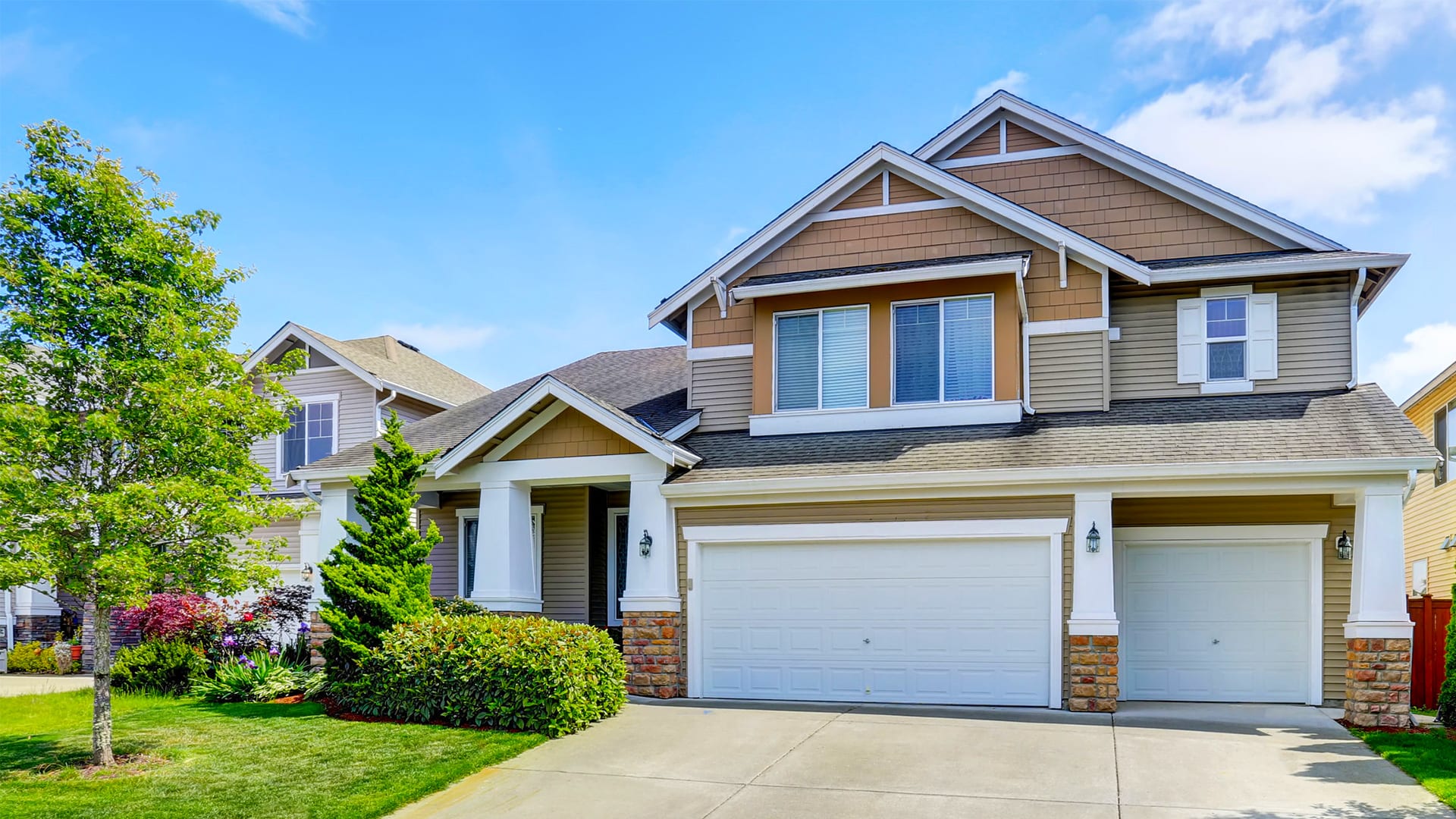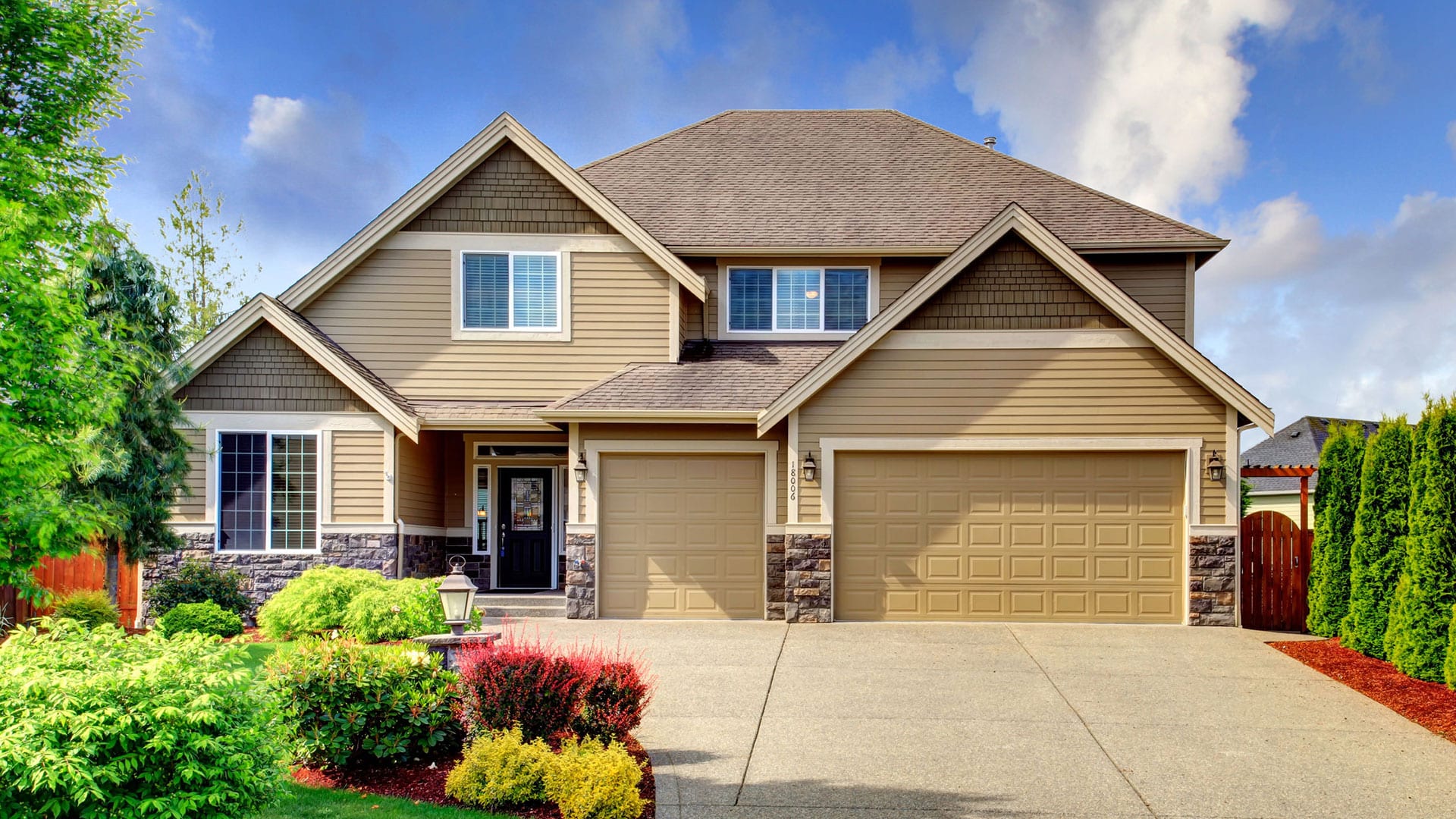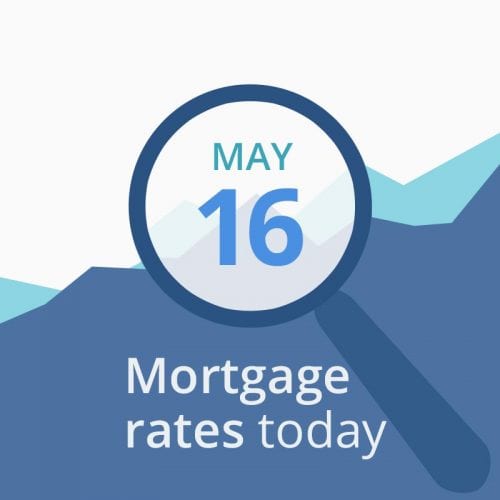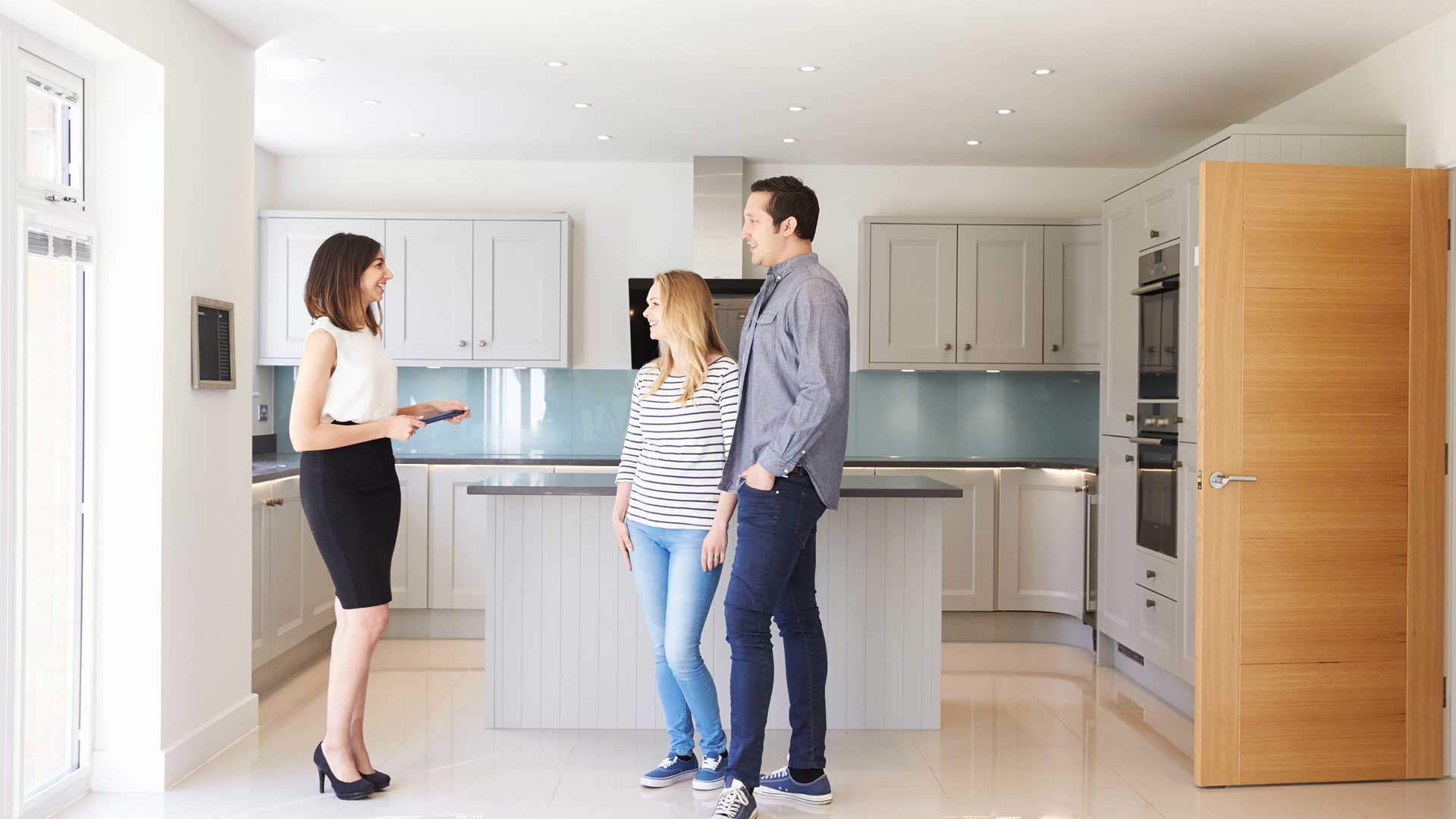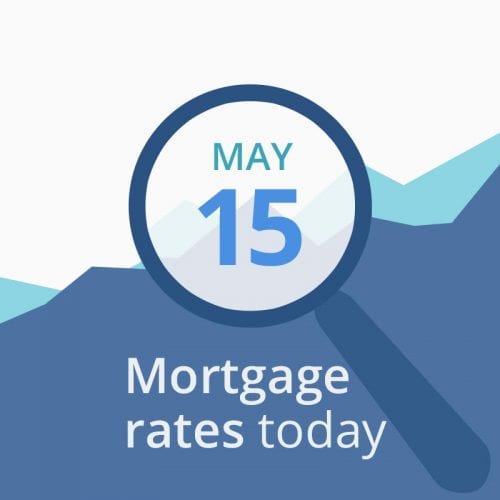
Cash-out refinance to buy another home can be a smart choice
Can you get a cash-out refinance to buy another home?
Millions of American homeowners are wondering because real estate equity has soared in recent years. According to government figures, homeowner equity went from $ 6 trillion in 2009 to almost $ 15 trillion in 2018.
We’re talking about a mountain of cash, equity that can be readily converted into financing for school, business start-ups or the purchase of a second home or investment property.
Verify your cash-out loan eligibility now. (May 3rd, 2019)
In this article:
One way to buy a vacation or rental home is by using the equity in your current residence.
- Your ability depends on the amount of your home equity and your credit rating
- If you want to buy and then sell or refinance one of the homes, consider a bridge loan
- In some cases, a home equity loan or HELOC might be the most affordable and fastest choice
[embedded content]
How much equity do you have?
At first, it may seem that the equity issue is simple. You bought a house for $ 150,000 and it’s now worth $ 275,000.
Related: FHA cash-out refinance guidelines for 2019
You’ve paid down principal, too, so your current equity is $ 190,000.
Can you really get a check for almost $ 190,000 from lenders?
Lenders generally will allow cash-out refinancing equal to 80 percent of your equity. They will see a property value of $ 275,000 and subtract 20 percent ($ 55,000). That will leave around $ 220,000. This money will be used to first repay the existing loan of $ 85,000. The balance – $ 135,000 – represents the cash available to the borrower.
With some program, you might do better. The VA cash out mortgage allows qualified borrowers to refinance up to 100 percent of their equity while the FHA cash out loan will go to 85 percent. However, these programs come with various charges and insurance costs that many borrowers with equity will want to avoid.
Cash-out refinance to buy another home
With cash-out refinancing, you can use the equity in your home for many things — but not for all things. For instance, you might use the money to pay for college tuition or to purchase a business.
Buying a second home or investment property
In terms of real estate, you can use real estate equity to immediately buy a second home or to purchase an investment property.
As soon as you close the cash-out refi, you can use those funds as a down payment on another home — or to buy the house outright — if you plan to keep the current home as your primary residence.
Buying a home to move into
However, with cash-out refinancing or a home equity line of credit (a HELOC), you generally cannot use such funds to instantly buy another home with you are moving into.
Related: 4 alternatives to a cash-out refinance
How come? There’s no restriction on the use of cash-out funds. However, cash-out refinancing and HELOCs generally have a clause which says you expect to remain in the property for at least a year.
This means you cannot get a check at closing and buy a replacement home the following week. That would be a violation of the mortgage terms. Violate the rules, and the lender has the right to call the loan, to demand immediate repayment. For details and specifics speak with lenders.
HELOCs
You can certainly use a HELOC to pull equity out of a home. There are typically few up-front costs. It’s like a credit card. During the first few years of the loan term, you can take money out and put it back.
Related: Need money? A HELOC could be your solution
However, HELOC have several drawbacks. First, the interest rate is likely to be adjustable rather than fixed. Second, the interest rate will be higher than a typical first mortgage. How much higher depends on your credit, the amount borrowed, location and equity. Third, you have to watch HELOC balances to avoid steep monthly costs.
HELOCs are typically structured with two phases:
- The drawing phase. You can draw money out and put money back in. You make interest-only payments on the balance.
- Repayment period. You can no longer draw money out and must repay the balance over the remaining term of the loan. If you have a big HELOC balance, the result can be large monthly repayment costs.
Bridge loans
While cash-out refinancing and HELOCs may not be structured to help with the purchase of a replacement home, that’s not the case with bridge loans. A “bridge” loan is specifically designed to help you move equity from one residence to the next.
Related: Bridge loans (finance your housing transition)
The great attraction of a bridge loan is that it’s intended to be short-term financing. It might be outstanding for just a few months. You don’t have to make monthly payments.
There are also downsides. The interest rate is likely to be high. Maybe two percent above typical mortgage rates. Also, there can be a lot of up-front fees.
Still, a bridge loan will do the job if you want to purchase a replacement home. When you sell your current residence, the bridge loan will be paid off at closing. The cost does not carry over to the new property.
Shop today’s rates with top lenders
Mortgage lenders are eager to work with you to find the best solution. Contact the nation’s top lenders and shop for your best rate whether you are getting a cash-out, HELOC, or other loan type.
Shop the nation’s top lenders here. (May 3rd, 2019)
Mortgage Rates, Mortgage News and Strategy : The Mortgage Reports
